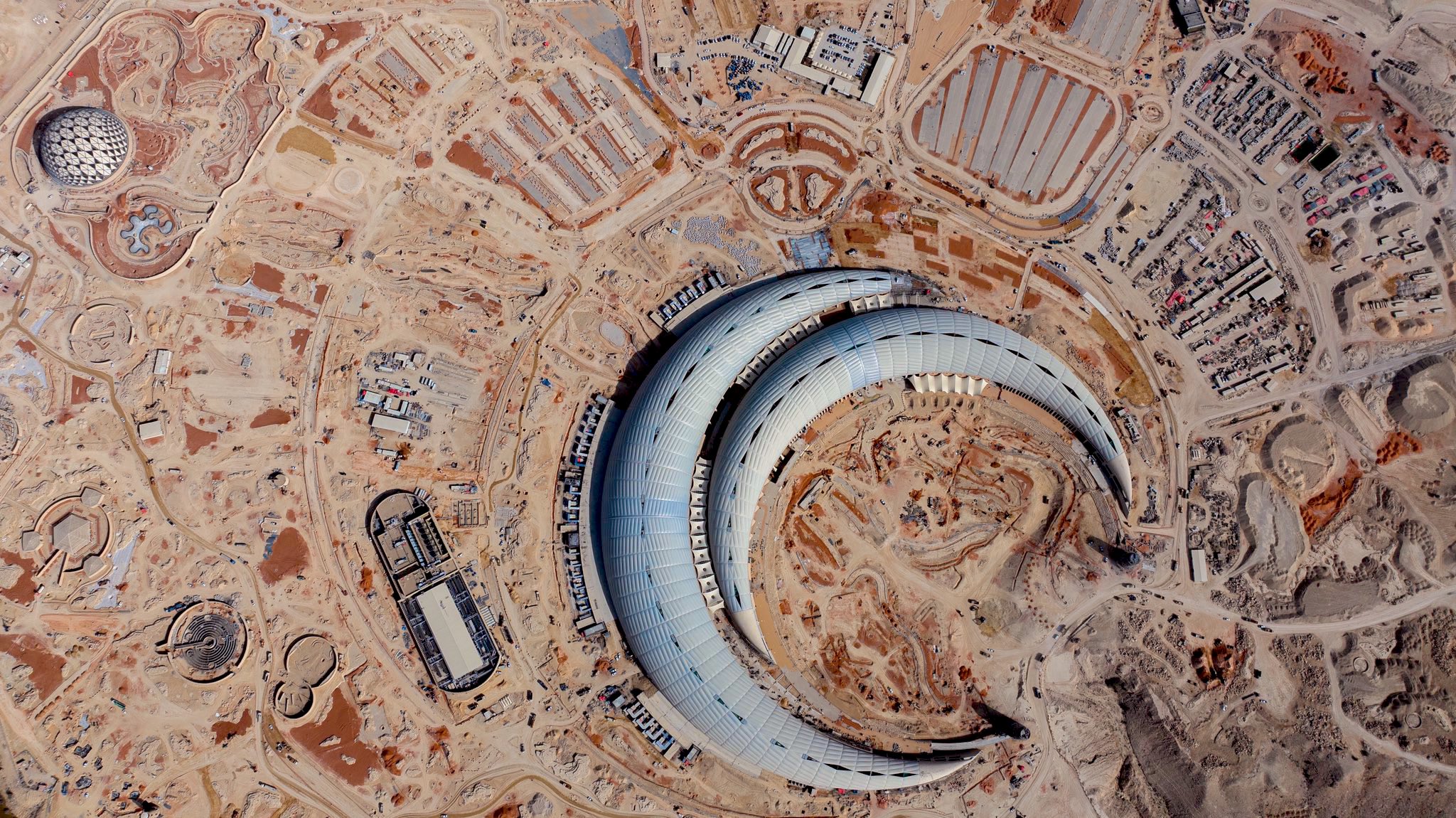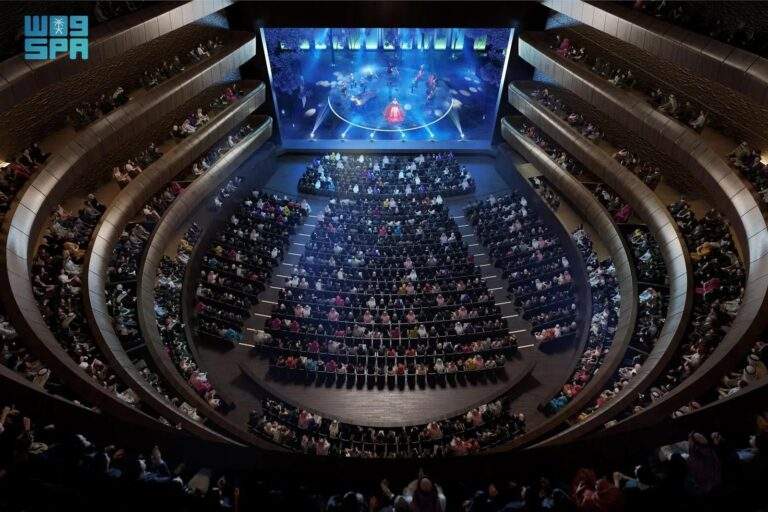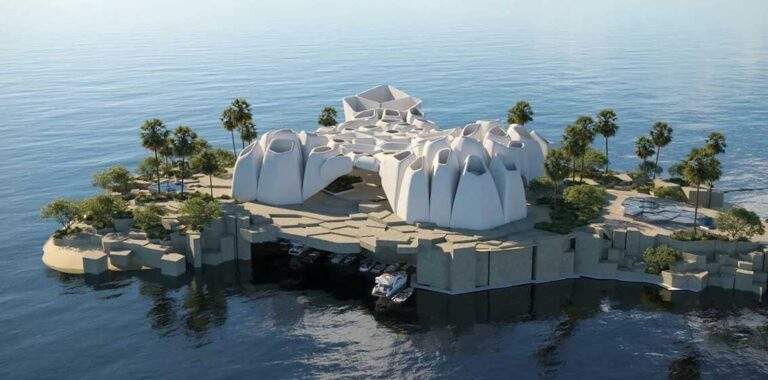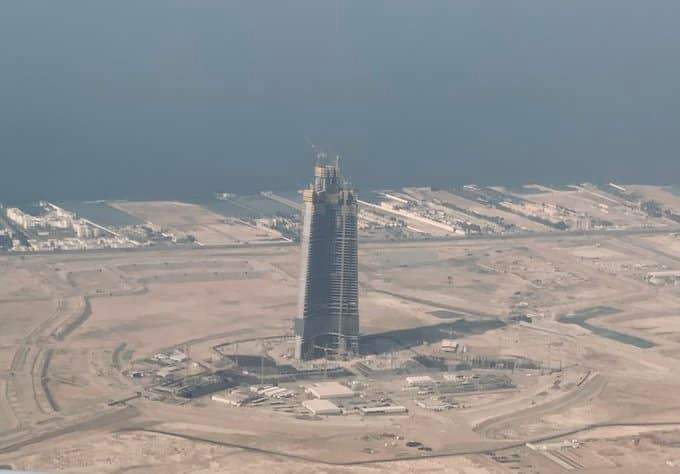Completion of the Main Landmarks of King Abdullah International Gardens
King Abdullah International Gardens in Riyadh has reached an advanced stage of completion, with the completion of its main landmarks. It is one of the capital’s most prominent tourist destinations and one of the most important environmental projects globally.
These gardens are not just a traditional project; they are a dream come true, placing Riyadh on the map of the largest covered parks in the world.
How will they combine environmental development and entertainment? And how will they reflect the Kingdom’s Vision 2030 by enhancing quality of life and sustainable development?
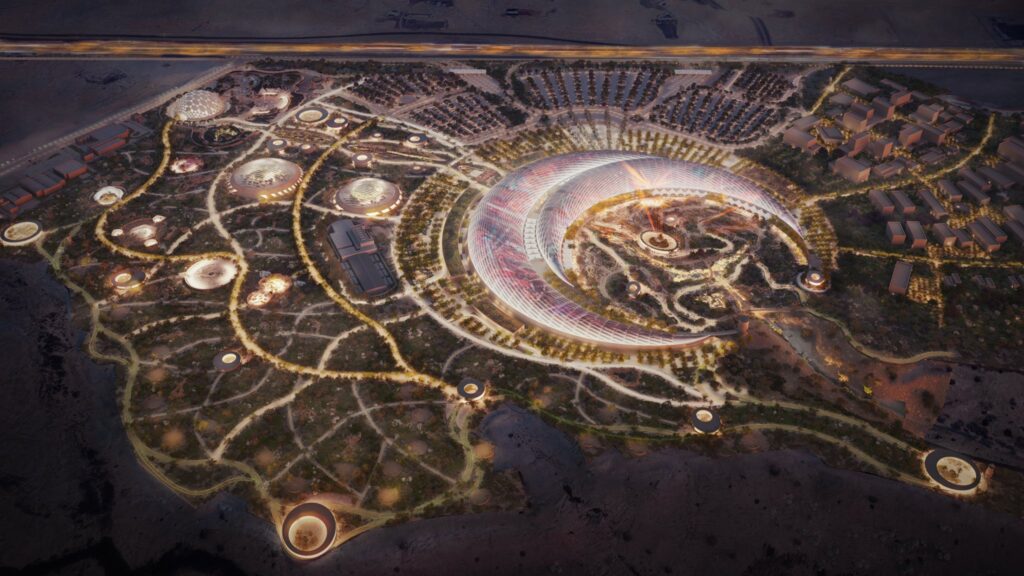
King Abdullah Gardens: A Massive Environmental Project
The King Abdullah International Gardens project is one of the largest environmental projects, covering an area of more than two million square meters.
It combines entertainment and education, offering a unique experience that showcases the evolution of plants through the ages, enhancing environmental awareness.
It is scheduled to open in the fall of 2025, serving as a model of innovation and sustainability.
Location of the Gardens
Located west of Riyadh, along the Jeddah Expressway.
They are easily accessible from all parts of the capital.
They are surrounded by a desert environment, enhancing the beauty of the local landscape.
Close to major highways such as King Abdullah Road and Prince Turki bin Abdullah.
Provides vast areas for integrated facilities.
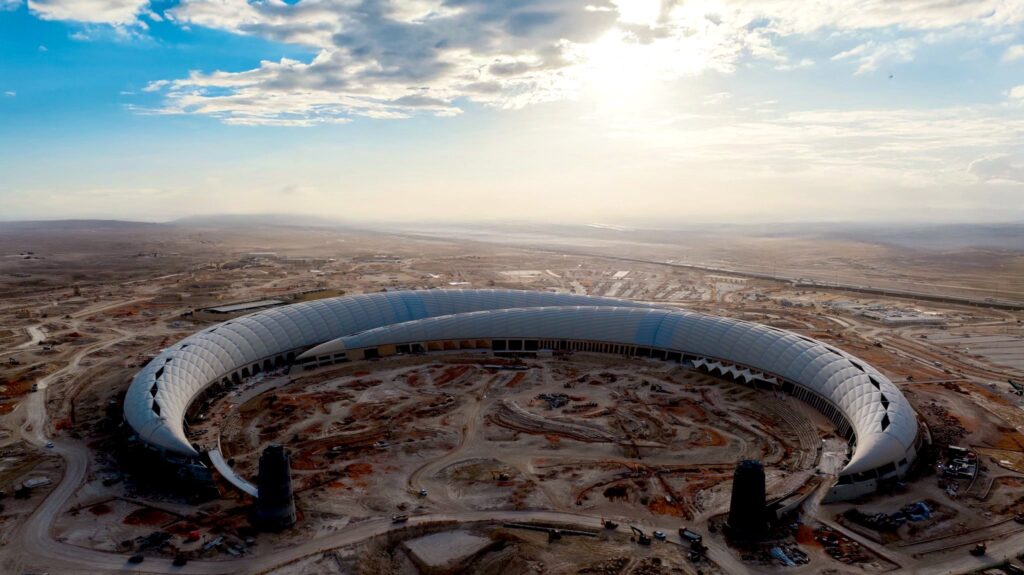
Features of the King Abdullah International Gardens Project
Modern design with green spaces, walking paths, and sports areas.
The largest covered park in the world, with a crescent-shaped design that reflects Saudi heritage.
An educational experience about the evolution of plants throughout history.
Environmentally friendly solar-powered operation and water recycling.
Specialized gardens, such as the Butterfly and Bird Garden.
Integrated facilities including museums, games, and restaurants.
One of the three largest botanical gardens in the world.
Project Architectural Design
The design blends nature and modern engineering, with a focus on sustainability and beauty.
Reflects a sophisticated vision that integrates innovation with the environment, serving as a model for future projects.
Design Features of the King Abdullah International Gardens
Using advanced energy-saving technologies.
Integrating local natural elements to promote sustainability.
Creating educational areas such as the seed and gene bank.
Providing an interactive, recreational, and educational environment.
Facilities and Services
Educational Facilities: Botanical Museum and Gene Bank.
Recreational Areas: Family and Youth Parks.
Integrated Services: Restaurants and Cafes.
Sports Facilities: Playgrounds and Jogging Tracks.
Ample Parking to Accommodate Large Numbers of Visitors.
Its Role in Vision 2030
Enhancing Quality of Life Through Sustainable Green Spaces.
Environmentally Friendly Technologies Such as Smart Irrigation and Solar Energy.
Creating Job Opportunities in Tourism and Management.
Promoting Environmental Awareness Through Educational Programs.
Attracting Local and International Tourism.
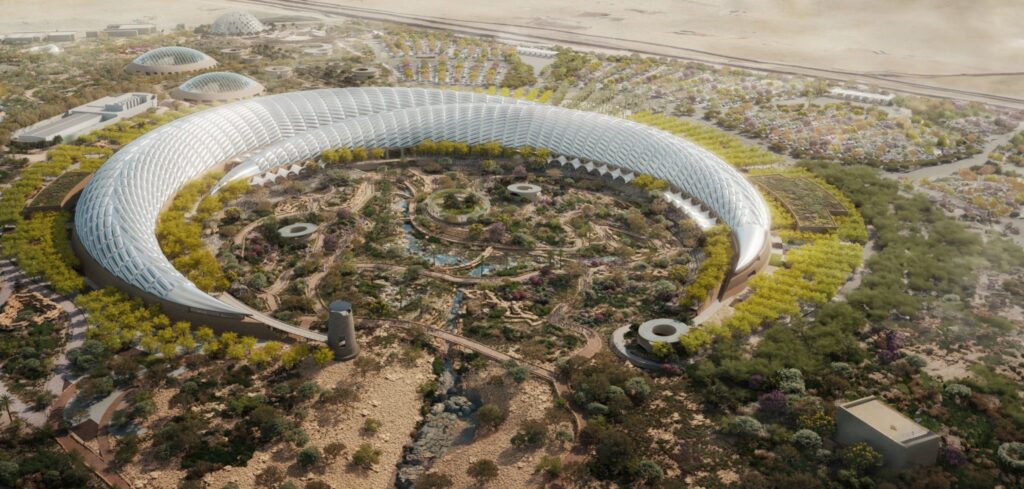
Conclusion
King Abdullah International Gardens represents a unique model that combines nature and modern design, becoming a leading tourism and entertainment destination.
It is not just green spaces; it is a platform for learning and sustainability, reflecting the Kingdom’s development towards a green and sustainable future.

